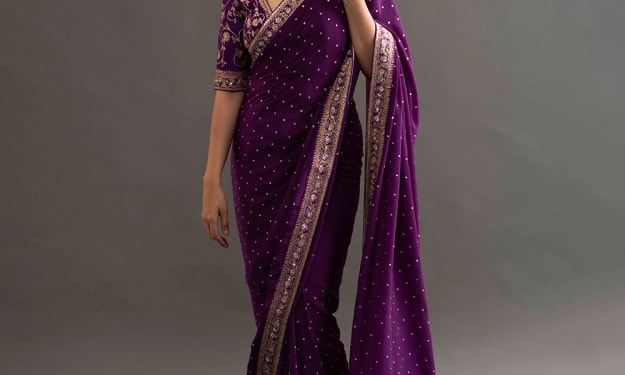Smart Mirror On The Wall, Who's The Fairest Of Them All: A Look At The Ways Technology Is Impacting The Fashion Industry
The world of technology has changed and advanced the world of fashion, but is this a good thing?

In one sense, technology is challenging the fashion industry to be innovative. On the other hand, it is allowing for an increasing variety of options for consumers and making it difficult for brands to stand out in a crowded market. In recent years, technological advancements have created a landscape where consumers can search by visual identities and aesthetic trends that may differ significantly from what was once seen as "acceptable" or "marketable".
At this point, there are no bottom lines for success in the fashion industry, and many brands are struggling because of this overwhelming competition. The saturated market of the fashion industry is partially due to the accessibility that technology has provided to consumers.
Using social media, e-commerce sites and wearable tech, consumers have more options for purchasing things that meet their individualized desires and preferences. In this way, technology has created a landscape where people's superficiality is encouraged rather than criticized.
According to James Wang, the co-founder of a marketing firm in Shanghai, "customization is now a key element of consumption", allowing consumers to choose based on aesthetic trends rather than what they truly need or want.
Technology is also changing the traditional model of production by introducing new manufacturing methods and eliminating older ones. According to Alizane Gérard, an assistant professor in the department of fashion and textile studies at Parsons, "women's ready-to-wear has become a digitally integrated and vertically integrated industry, which is constantly transforming into a model of vertical sector integration."
With electronic technology being used for the process of design, production and commerce all within one single company, the role that women's fashion plays in the economy is more significant than ever.
According to Gérard, this type of vertical integration eliminates the need for women's wear designers to select pieces from other designers. On one hand, this allows individual clothing brands to distinguish themselves by relying on their own designs rather than a combination of several other brands' products. On the other hand, women's wear designers no longer have to produce or design clothes that are "marketable" to a particular demographic. Instead, they are able to design clothing based on their personal tastes or aesthetics.
This new way of producing has also created a more competitive marketplace where brands have to use technology to establish themselves as unique in the market. This is due to the fact that technology allows manufacturers and retailers alike to interact with consumers in a way that was not possible before. According to Gérard, this type of vertical integration allows for brands such as Nike, Uniqlo and Victoria's Secret "to create their own niche market". With so many options to choose from, it is difficult for corporations to stand out among the crowd.
As women's wear has become more competitive and technology has played a key role in its creation, brands are changing their business models by using women's wear as a means to sell products that have nothing to do with clothing or fashion. The rise of this type of integration is evident in specialty retailers such as Sephora, which sell makeup and skincare products alongside clothing and accessories. In this way, Sephora has established itself as a premier cosmetics retailer from the beauty industry by using its women's wear business as a means for selling beauty products that have nothing to do with its primary line of business.
Technology is allowing brands to differentiate themselves in a crowded marketplace by creating a variety of options for consumers. However, as consumers demand more from brands and companies implement new methods of production, it makes it difficult for brands to stand out amidst the competition.
This is the double-edged sword that technology poses to the fashion industry. It creates a new way for brands to differentiate themselves by catering to what consumers are looking for and by producing their own products. However, it also creates a saturated market where consumers demand individuality through aesthetics and brand recognition is no longer enough.
Although technology is making it increasingly difficult for brands to stand out in the fashion industry, there are a few ways that they are utilizing social media, e-commerce and wearables to accomplish this.
For example, by connecting with their current customers, retailers and manufacturers alike are able to communicate with consumers in a more direct way than they have been able to in the past. According to Wang, "the more technology is integrated into fashion, the more brands are expected to target consumers' emotions and achieve their communication goals." Through this type of direct marketing, brands can connect with consumers in a way that they have not before been able to.
Technology is also allowing brands to create a variety of products without having to rely on other clothing companies or labourers.





Comments
There are no comments for this story
Be the first to respond and start the conversation.